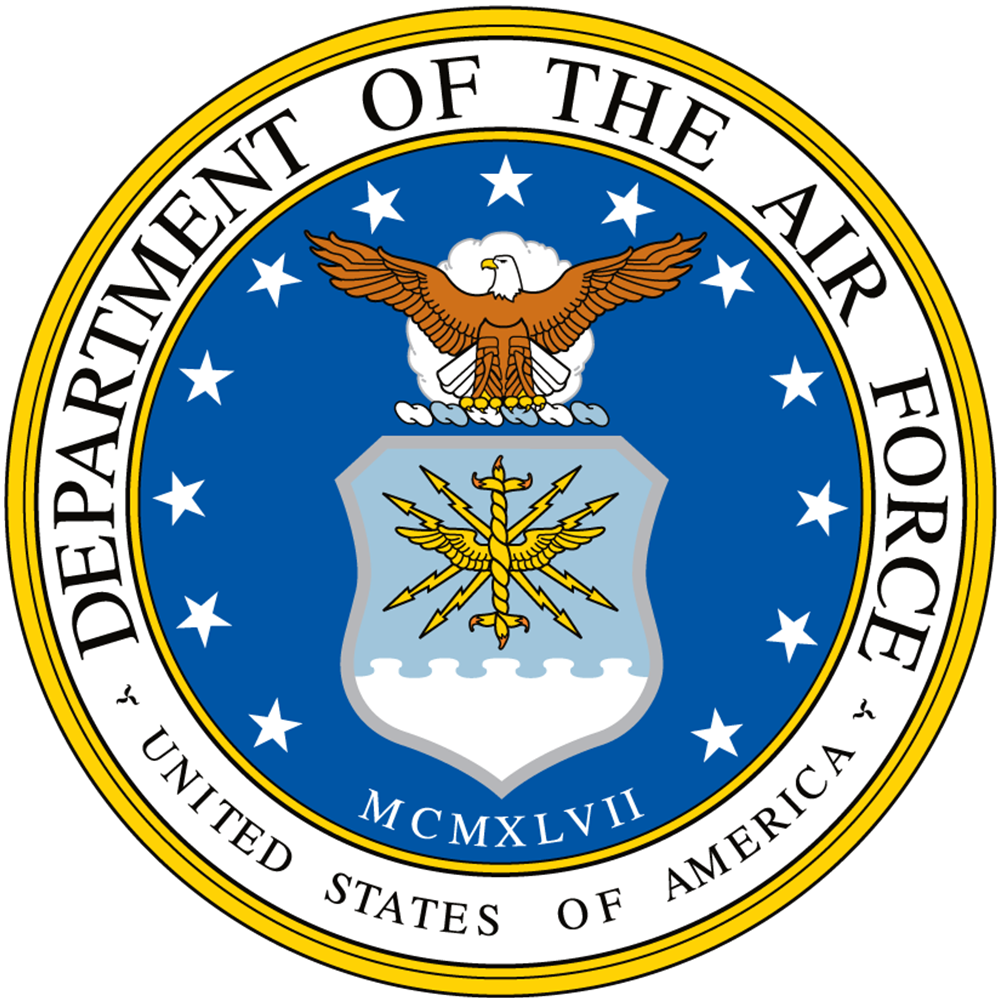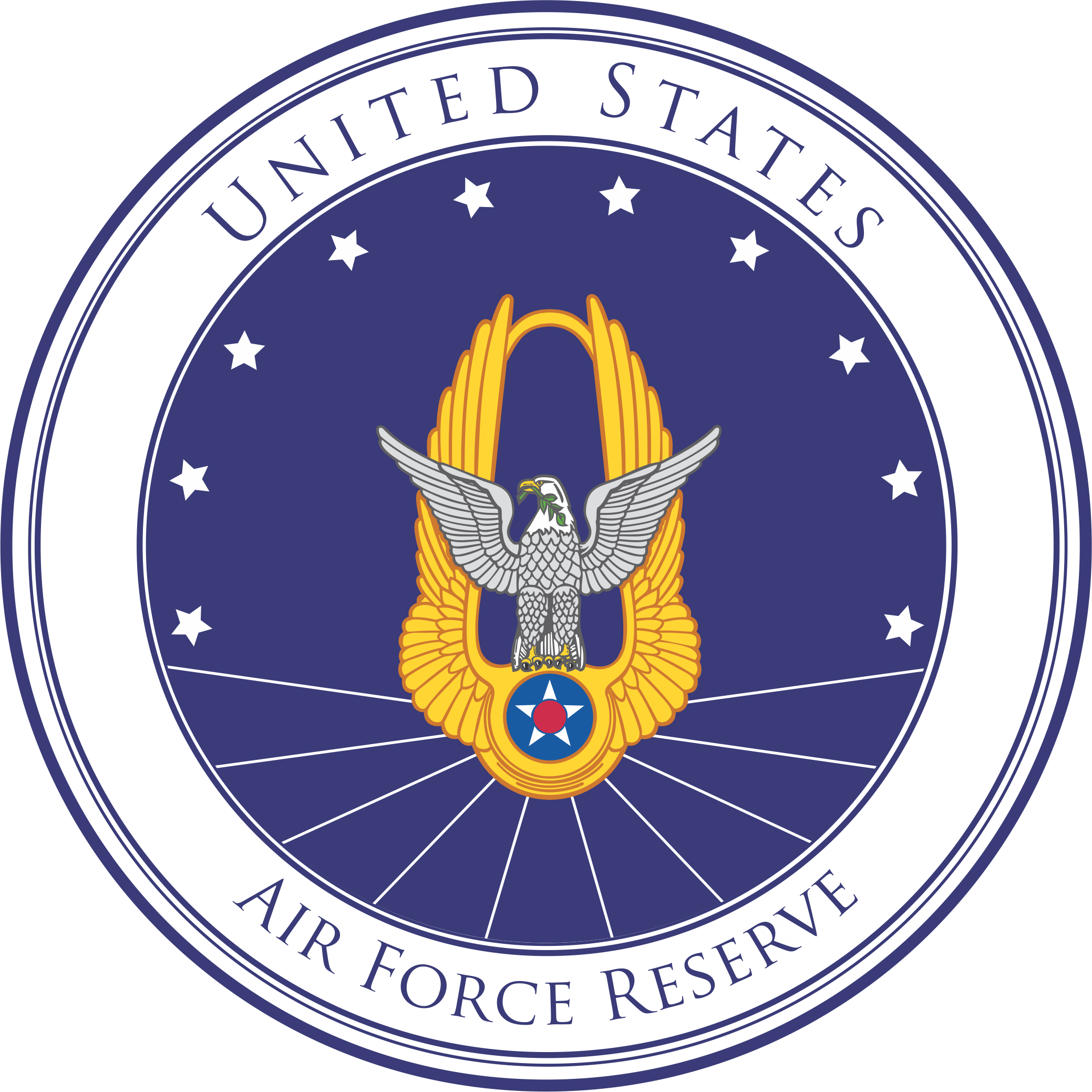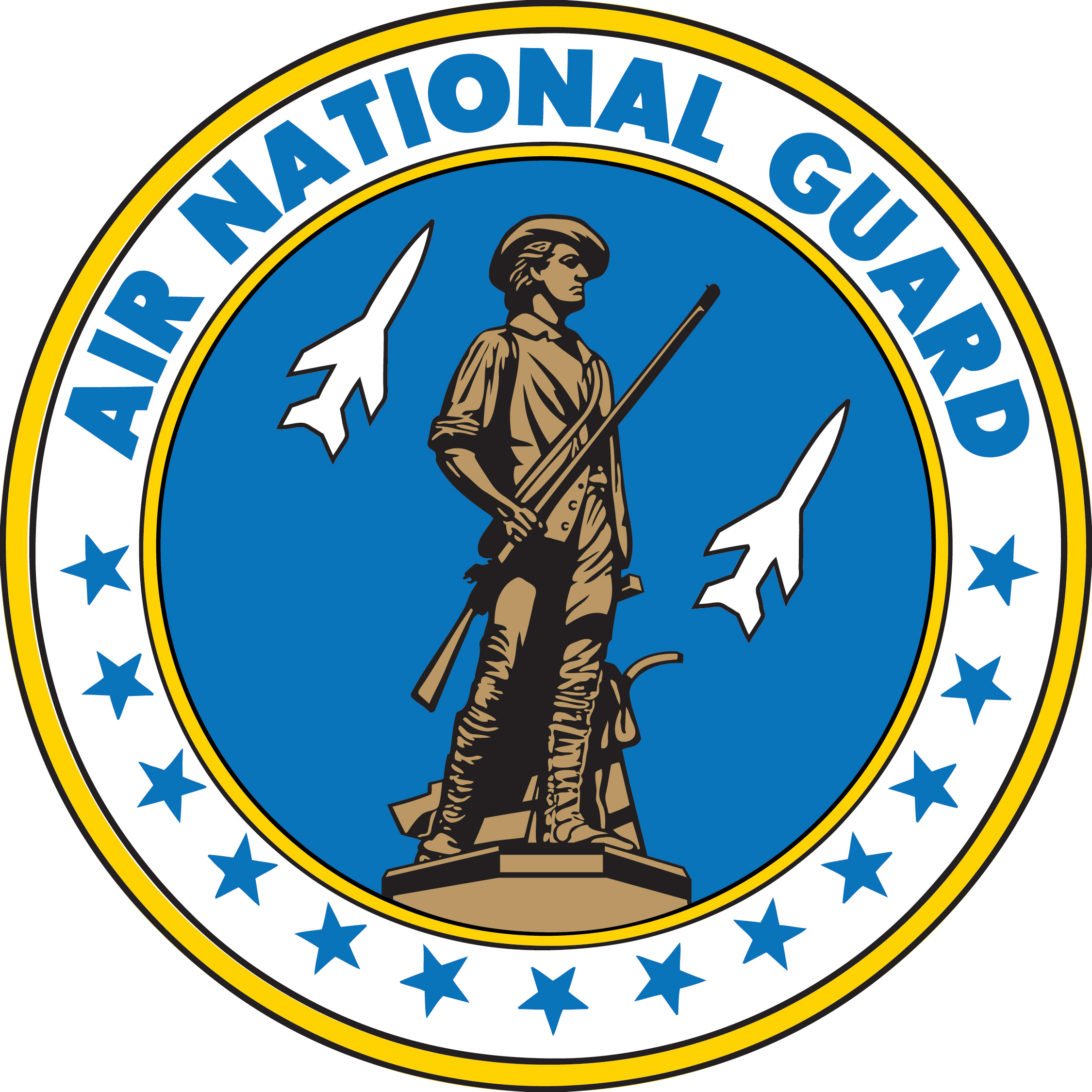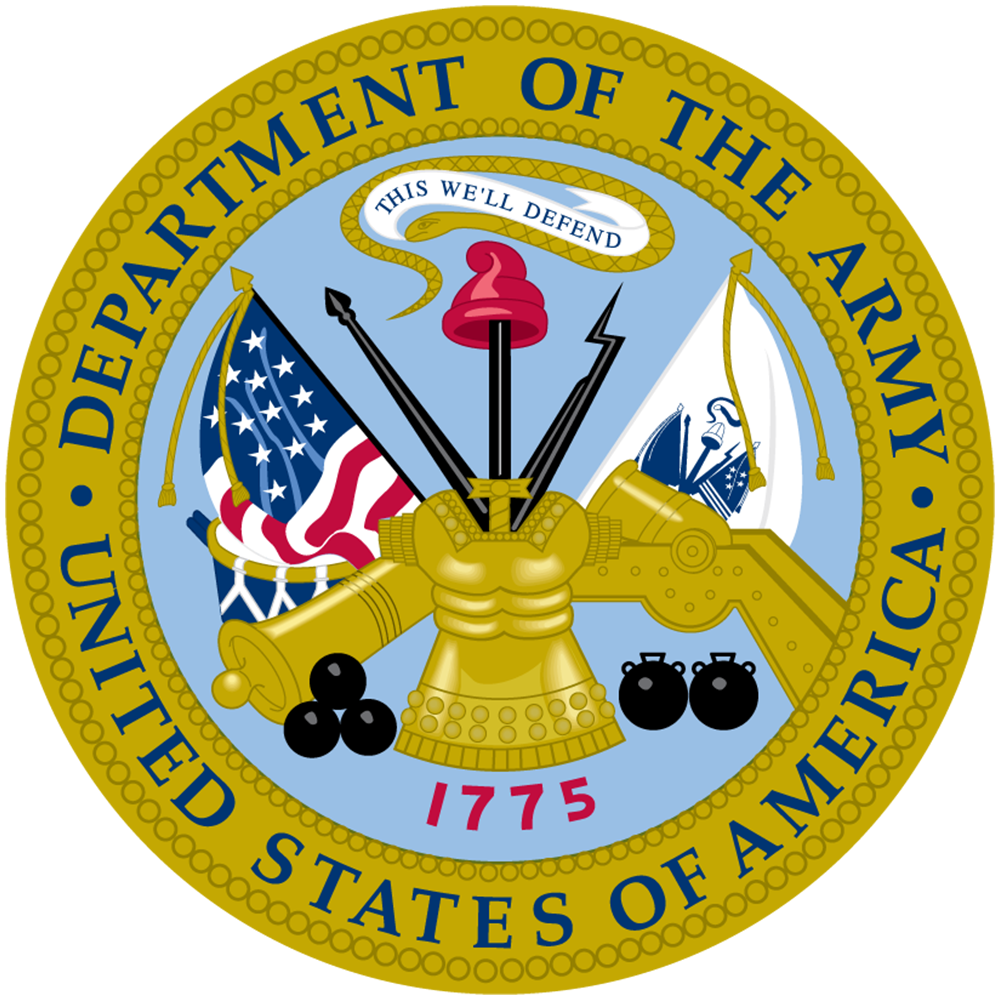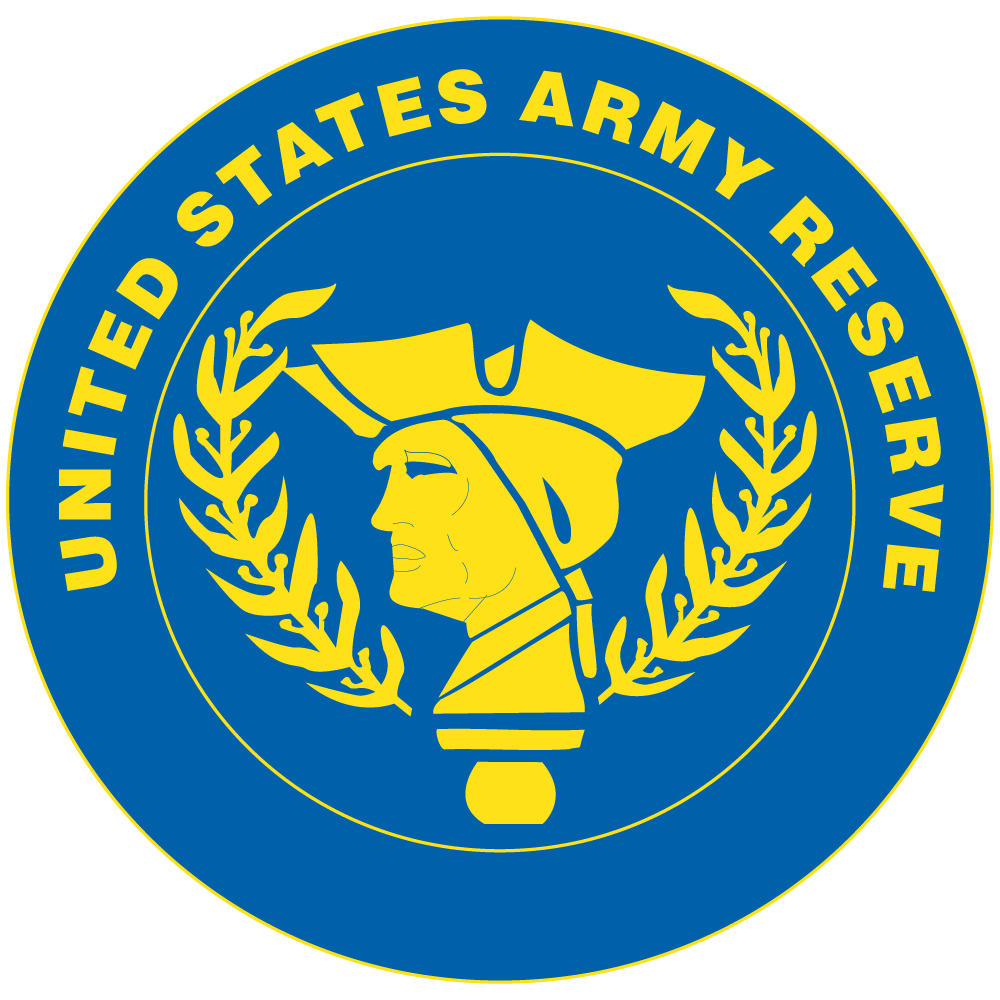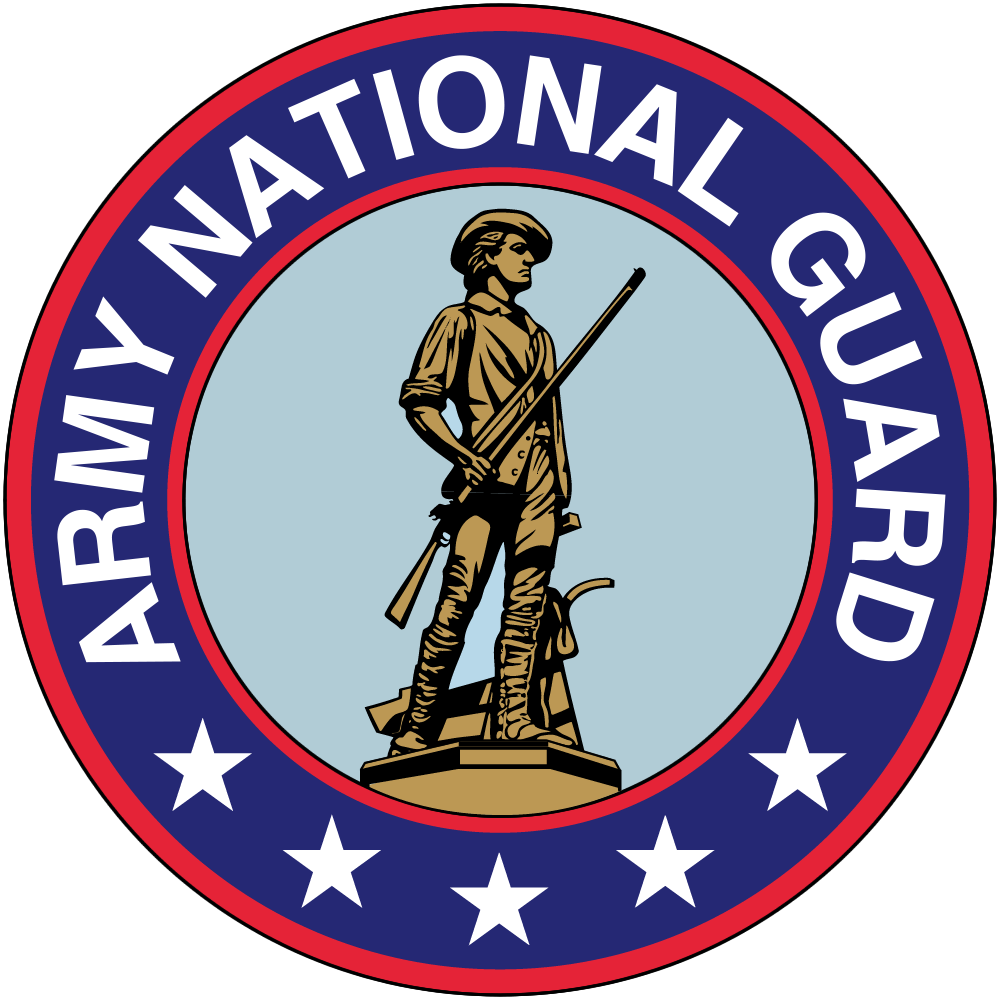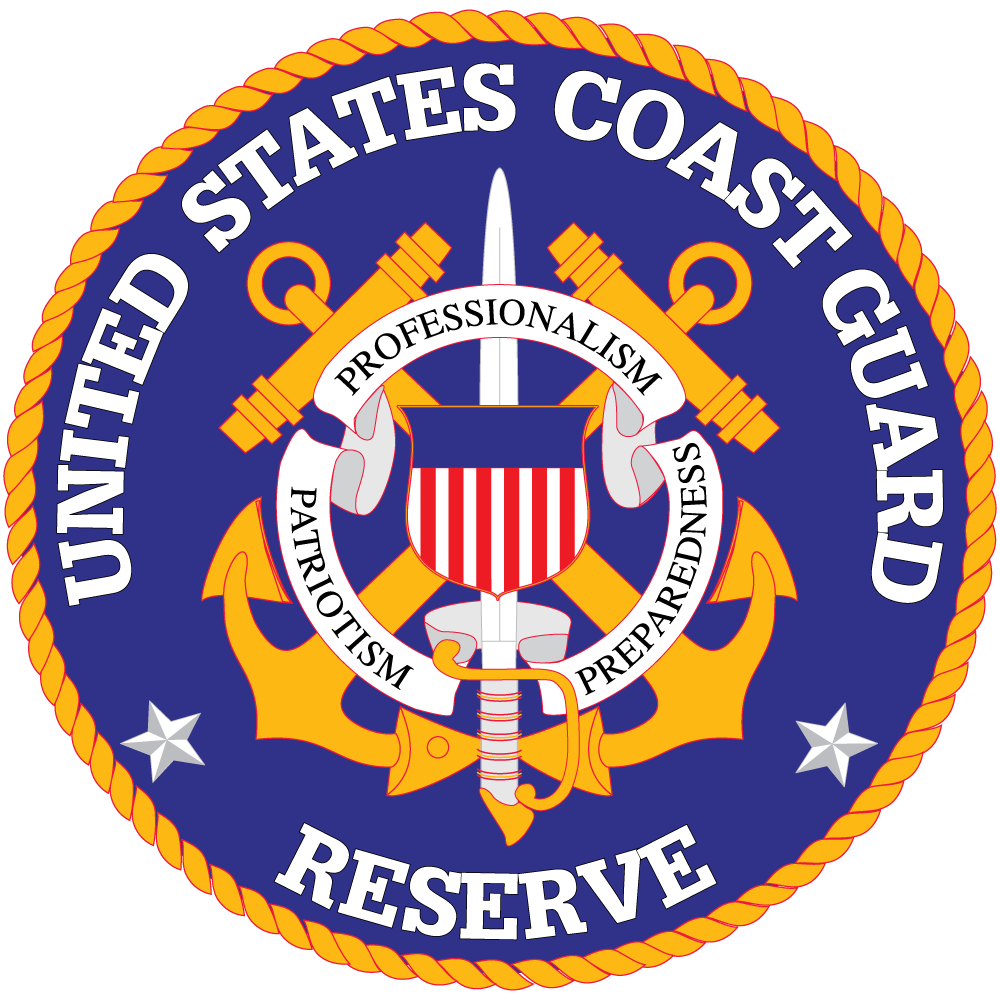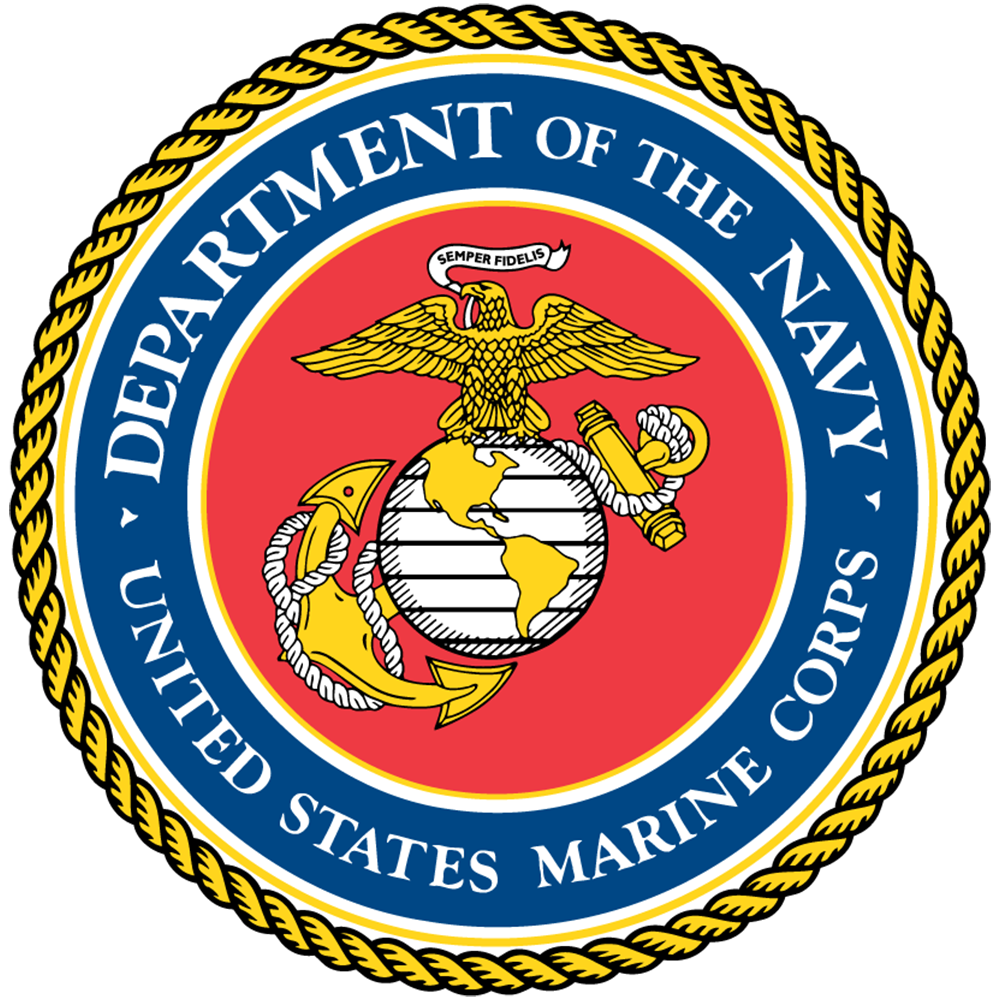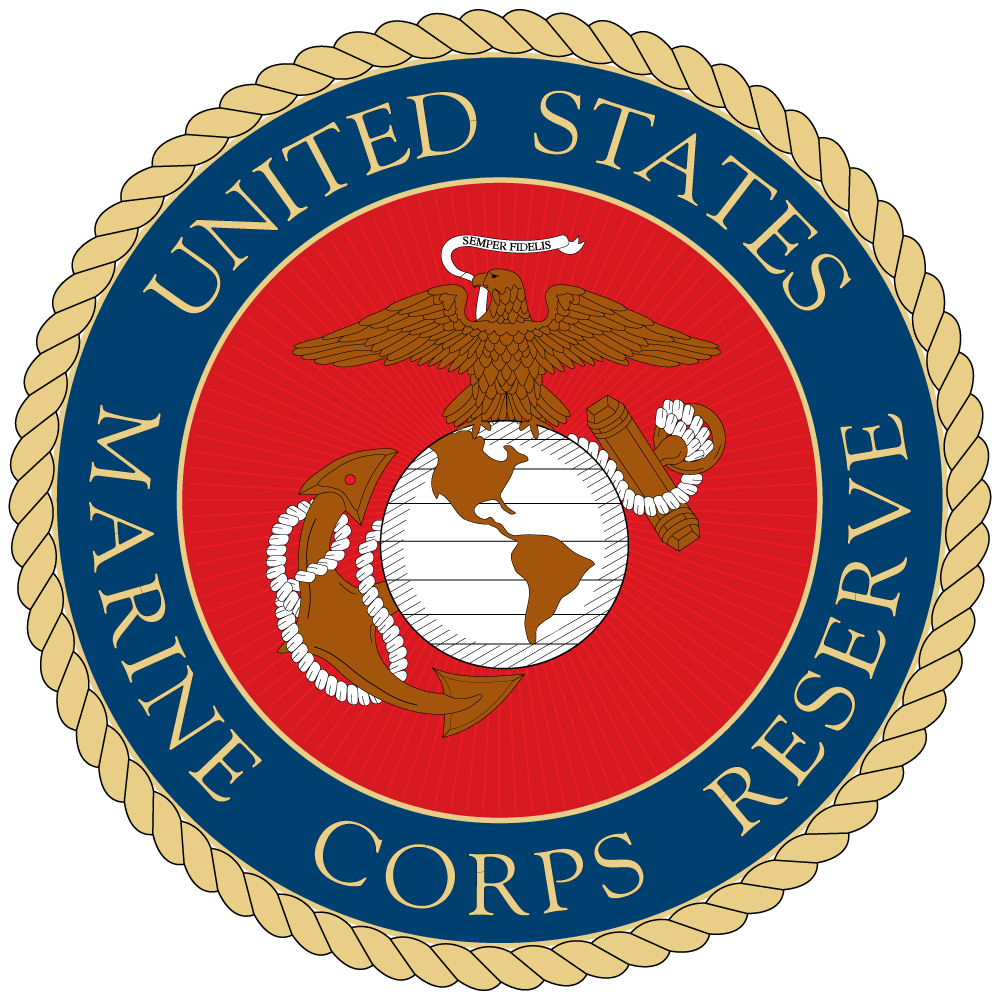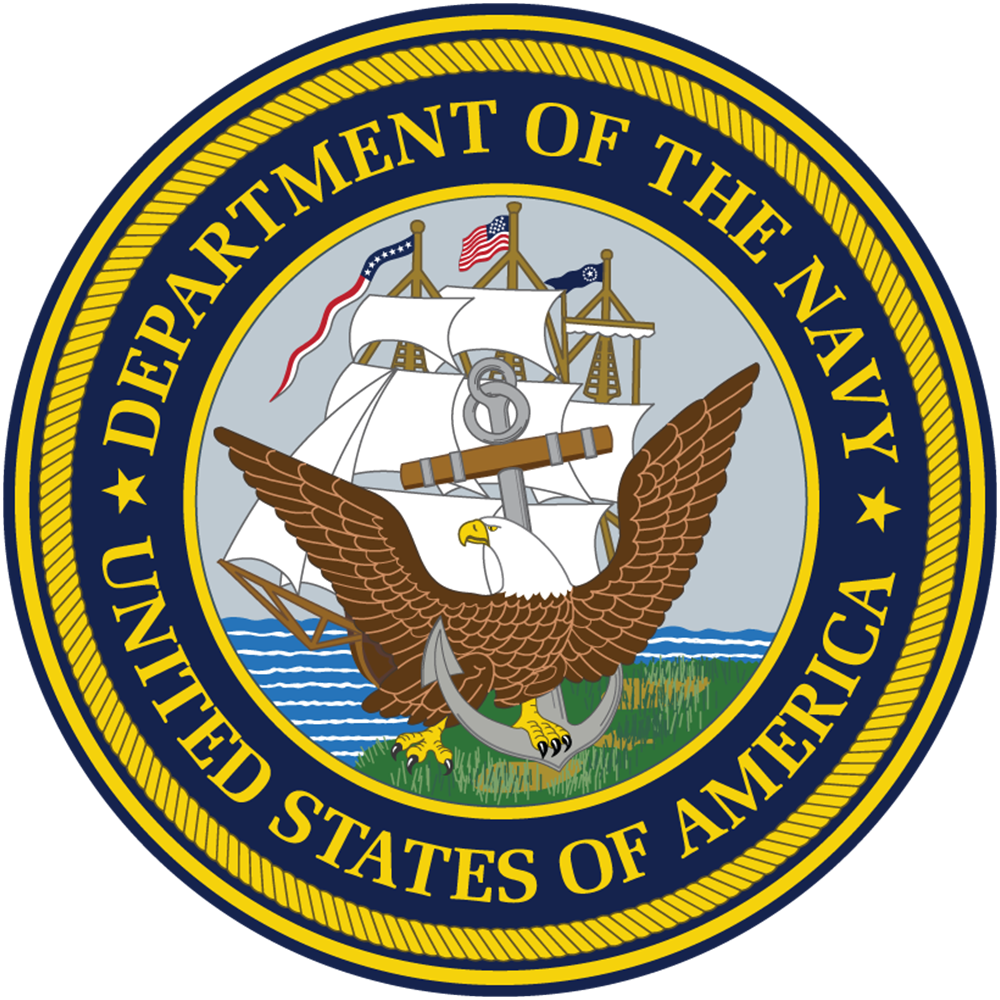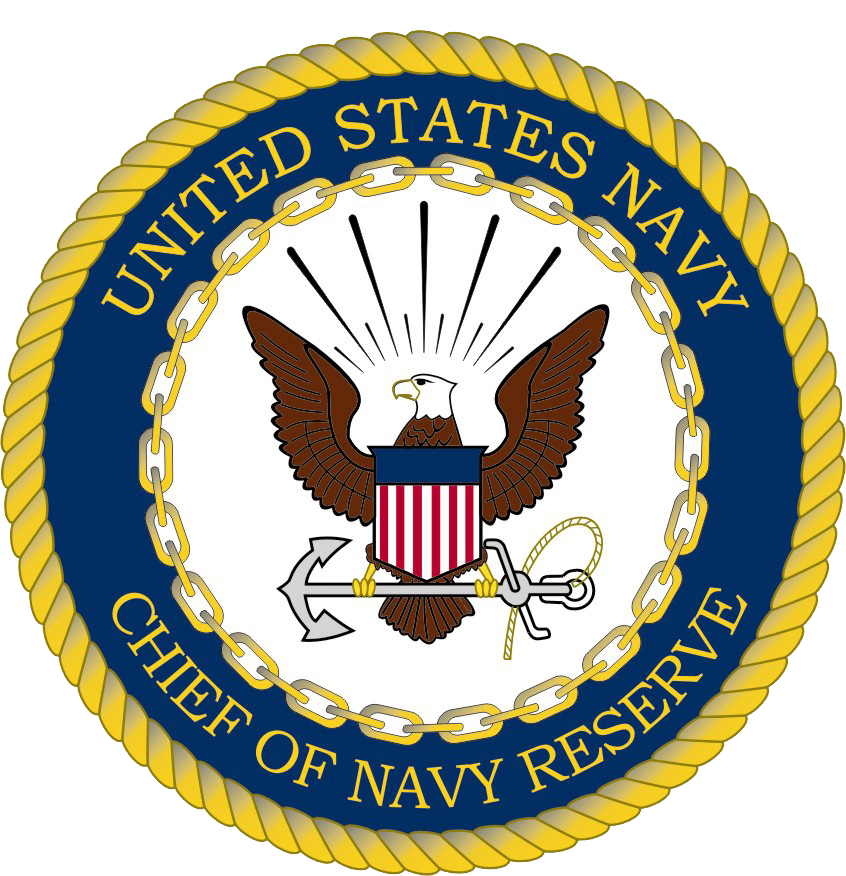Military
Choosing the Military as a Career Choice
Not ready for college? That is perfectly fine! We also offer military information so that you can go that route.
Branches of the Military
The next step after high school doesn't need to be toward a university or trade school. The military is a great way to see the world and learn valuable skills that will translate to civilian life. However, it's important to understand the risks, benefits and what branch is best for you. For more information about joining the services, go to Today's Military's website.
Air Force
U.S. Air Force
The Air Force began as a subdivision of the U.S. Army and was declared an official combatant arm in 1920. It wasn't until 1947, following World War II, that the Air Force was recognized as its own military branch.Today's Air Force operates in keeping with a three-part vision: global vigilance, reach and power. This vision empowers a technologically advanced force of more than 300,000 troops focused on air, space and cyberspace superiority.
U.S. Air Force Reserve
The Air Force Reserve is an integral part of our country's dominant presence in air, space and cyberspace. With readiness as its primary charge, the Air Force Reserve contributes daily to the Air Force mission and is actively involved in Air Force operations around the world. The Air Force Reserve currently employs approximately 68,000 trained reservists. Though this makes up 20 percent of the Air Force's overall manpower, the extent of their contribution is much greater. More than 20 percent of all Air Force missions are accomplished through the efforts of Air Force reservists.
U.S. Air National Guard
The Air National Guard was made an official component of the U.S. Air Force in 1947, following the great aerial battles of World War II. Like the Air Force Reserve, the Air National Guard is made up of Citizen Airmen who train part time, close to home, until called upon for duty. These professionals serve both the federal and state governments — assisting their communities and helping the U.S. Air Force guard America's skies. Today the Air National Guard is an essential component of the U.S. Air Force. Currently, this Force is made up of approximately 105,000 Air National Guard personnel. There are more than 140 Air National Guard units throughout the U.S. and its territories with varying service options for a Guardsman to choose from.
Army
U.S. Army
As the oldest branch of the U.S. military, founded in 1775, the Army is a powerful fighting force defending and serving our nation by land, sea and air. Elite groups within the Army, such as the Army Rangers and Special Forces, receive specialized training for advanced combat situations. In addition to domestic bases, the Army has permanent stations in Asia, Europe and the Middle East, as well as troops on the ground wherever there is a conflict. Length of individual service commitment varies, and in some cases may be as little as two years.
U.S. Army Reserve
The Army Reserve offers people the opportunity to work in their civilian careers or attend college full time while serving near home. Army Reserve soldiers receive the same training as active-duty soldiers. After Basic Combat Training and Advanced Individual Training, Army Reserve soldiers return to their civilian lives and spend one weekend a month training to keep their skills sharp. For roughly two weeks a year, Army Reserve soldiers focus on challenging field and specialty training. They may even have the opportunity to attend competitive Army training programs such as Airborne and Air Assault schools. Service options for the Army Reserve range from three to six years.
U.S. Army National Guard
Like the Army Reserve, the Army National Guard is made up of citizen-soldiers who train part time, close to home, until needed. Since 1636, each state has had its own militia. These became the foundation of today's Guard units (this was mandated by the Constitution in 1787). The Guard mobilizes to protect U.S. domestic interests in times of conflict or natural disaster and may be deployed internationally alongside full-time troops when the situation demands. Today's National Guard consists of approximately 340,000 troops from all U.S. states and territories.
Coast Guard
U.S. Coast Guard
The Coast Guard was created after five separate federal services were combined: the U.S. Lighthouse Service, the Revenue Cutter Service, the Steamboat Inspection Service, Bureau of Navigation and the U.S. Lifesaving Service. In 1915, a congressional act combined the Life-Saving Service and Revenue Cutter Service to form the Coast Guard. The Service was placed under the control of the Treasury Department until 1967, when an executive order transferred the Coast Guard to the newly formed Department of Transportation. Currently, the Coast Guard operates under the Department of Homeland Security during peacetime and under the Navy during wartime, or by special presidential order. In addition to protecting our nation's waterways, the approximately 40,000 active-duty members of the Coast Guard perform search and rescue, law enforcement and environmental cleanup operations.
U.S. Coast Guard Reserve
The Coast Guard Reserve offers citizens the opportunity to serve on a part-time basis, while still serving their country and community. Reservists take part in maritime safety, mobility, security, national defense and the protection of natural resources. Today, approximately 6,000 Coast Guard reservists support and aid critical Coast Guard missions. Coast Guard reservists spend an average of one weekend a month and two weeks a year performing duties vital to our nation's security.
Marine Corps
U.S. Marine Corps
The United States Marine Corps was founded in 1775, even before our nation was officially formed. This elite group of men and women live by a strict code of integrity and ethics, producing not just strong warriors but people of exceptional character. The core values of honor, courage and commitment inform everything a Marine does, on and off the battlefield. The Marine Corps plays a major role as the first force on the ground in most conflicts. Today, approximately 180,000 Marines are stationed around the world at all times, ready to deploy quickly whenever and wherever needed. The commitment ranges from four to five years of service, but as the saying goes, "There are no ex-Marines or former Marines, simply Marines in different uniforms and in different phases of life."
U.S. Marine Corp Reserve
The Marine Corps Reserve is critical to the Marine Corps' ability to provide a balanced, ready force. Many Marines come to the Reserve after serving on Active Duty, as the Reserve gives them an outlet to continue serving while pursuing a civilian career or furthering their education.
Navy
U.S. Navy
The U.S. Navy was founded under the authority of George Washington in 1775, with the intent to intercept British supply ships near Massachusetts. Despite success in battle during the American Revolution, a standing Navy was considered too large an expense for more than a decade. But, in 1794, pirate attacks on trade routes and increasing international conflicts cemented the importance of a strong Navy. Thus, began the force that, to this day, protects U.S. interests at home and abroad. Currently comprised of approximately 320,000 personnel, today's Navy is equipped to handle operations both on and under the sea, in the air and on the ground. Its reach is worldwide, spanning 100 international ports and touching the farthest corners of the open ocean. Elite groups within the Navy, such as the SEALs and Navy Divers, receive specialized training for advanced warfare situations. A Navy sailor generally serves a term of four years aboard one of the Navy's 271 deployable ships, though options for shorter time commitments exist.
U.S. Navy Reserve
The Navy Reserve is a valued partner of the Navy's active-duty department. It offers citizens the chance to serve on a part-time basis, training near home until called to active duty. A reservist can pursue a full-time civilian education or obtain special military training while serving. Today, the Navy Reserve is comprised of more than 20 percent of total Navy assets and, when called to action, can be found abroad, on shore, in the air or at sea. The Navy Reserve's involvement with the Navy continues to grow. Currently, approximately 47,000 Navy reservists stand by to join the fleet when needed as active parts of the largest and most powerful naval force in the world.
Reserve Officers' Training Corps
Reserve Officers' Training Corps (ROTC) cadets committed to serving in the military after college are eligible for scholarships covering the cost of tuition, fees and textbooks for four years, plus a monthly stipend for personal expenses. If you have additional financial need, you can also apply for regular financial aid and non-ROTC scholarships.
Scholarships
U.S. Air Force
U.S. Army
U.S Coast Guard
U.S. Navy
Transition to Civilian Life
The transition from the military to civilian life could be filled with uncertainty, but it doesn't need to be! Your skills in the military can serve as a foundation to a different career path. If you want to go back to school for a degree, there are many government programs that can help!

Getting A Degree
Survivors’ and Dependents’ Educational Assistance
The Survivors' and Dependents' Educational Assistance (DEA) program offers education and training opportunities to eligible dependents of Veterans who are permanently and totally disabled due to a service-related condition or of Veterans who died while on active duty or as a result of a service-related condition.
Montgomery G.I. Bill
If you’re a member of the Army, Navy, Air Force, Marine Corps or Coast Guard Reserve, Army National Guard, or Air National Guard, you may be able to get up to 36 months of education and training benefits under the Montgomery GI Bill Selected Reserve (MGIB-SR) program. Find out if you qualify.
Montgomery G.I. Bill
If you’re a member of the Army, Navy, Air Force, Marine Corps or Coast Guard Reserve, Army National Guard, or Air National Guard, you may be able to get up to 36 months of education and training benefits under the Montgomery GI Bill Selected Reserve (MGIB-SR) program. Find out if you qualify.
Hazlewood Act
The Hazlewood Act is a State of Texas benefit that provides qualified Veterans, spouses, and dependent children with an education benefit of up to 150 hours of tuition exemption, including most fee charges, at public institutions of higher education in Texas. This does NOT include living expenses, books or supply fees.
Employment after the Military
My Next Move
My Next Move for Veterans is designed for U.S. veterans who are current job seekers. The interactive tool helps vets learn about their career options. The site has tasks, skills, salary information, job listings and more for over 900 different careers. Veterans can find careers through keyword search; by browsing industries that employ different types of workers; or by discovering civilian careers that are similar to their job in the military. Veterans can also take advantage of the O*NET Interest Profiler, a tool that offers personalized career suggestions based on a person's interests and level of work experience.
Military One Source
Whether you are a service member thinking about a college degree, a military spouse wanting to connect with a network of military-friendly employers or a parent hoping for a smooth school transition for your child, Military OneSource offers practical information and resources for pursuing education goals and achieving career aspirations. Take the next steps to make your education and career ambitions come true.
Military One Source
Whether you are a service member thinking about a college degree, a military spouse wanting to connect with a network of military-friendly employers or a parent hoping for a smooth school transition for your child, Military OneSource offers practical information and resources for pursuing education goals and achieving career aspirations. Take the next steps to make your education and career ambitions come true.

CareerOneStop
CareerOneStop gives veterans help with employment, training and financial help after the military. Broken down into careers, apprenticeship and education, CareerOneStop has all the resources to make the shift into civilian life smoother.
